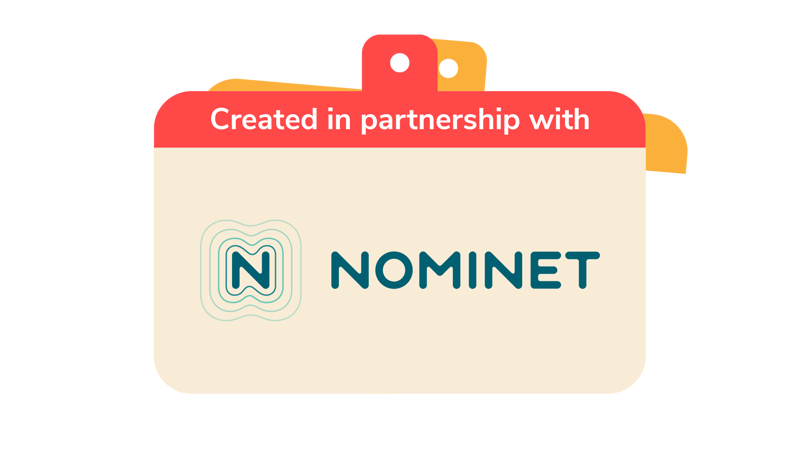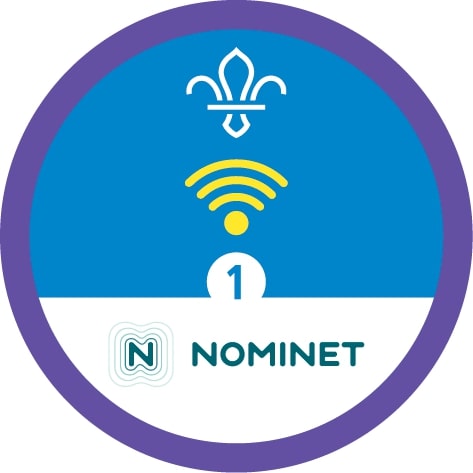
They said what?!
You’ll need
- Scrap paper
- Pens or pencils
Safer Internet Day 2023
Safer Internet Day 2023 will take place on the 7 February 2023. This year, celebrations and learning will be based around the theme ‘Want to talk about it? Making space for conversations about life online’.
Coordinated in the UK by the UK Safer Internet Centre, the celebration sees thousands of organisations getting involved to promote the safe, responsible and positive use of digital technology for young people.
In the UK, we’re celebrating by putting young people’s voices at the heart of the day and encouraging them to shape the online safety support that they receive.
This year we’re hoping to answer the following questions:
- What issues really matter to young people?
- What changes do they want to see?
- How can we all work together to advocate for them moving forward?
With your help, Safer Internet Day 2023 can be a springboard for conversations that shape how we talk about and respond to online issues, not just for one day, but throughout the whole year.
Before you begin
- Use the safety checklist to help you plan and risk assess your activity. Additional help to carry out your risk assessment, including examples can be found here. Don’t forget to make sure all young people and adults involved in the activity know how to take part safely.
- Make sure you’ll have enough adult helpers. You may need some parents and carers to help if you’re short on helpers
Set the scene
- Ask whether anyone has heard of Safer Internet Day and what they know about it.
- Explain that this year’s theme is ‘Want to talk about it? Making space for conversations about life online’. It’s all about talking about what we like and don’t like about our online experiences.
- Together, as a group, come up with a list of ideas on how we use the internet in our everyday lives.
- Discuss how, with all these examples, we can think of both good and bad experiences we’ve had online while doing them.
- Explain that the game everyone’s about to play is all about how we interact with others online.
Play the game
- Give everyone a piece of paper and ask them to fold into 4 pieces, so it forms a concertina.
- On the first fold, everyone should write the first person involved in the online conversation. This could be someone they know, or it may also be a name of a generic role in their lives, such as a family member, someone at their school, or a stranger. Whoever they write down, they need to keep it a secret.
- Tell them to fold the piece of paper over, so that the name written’s not visible. They then need to pass the paper onto the next person in the circle.
- On the next section of paper, ask the group to write the second person involved in the conversation. Again, fold this over, so it’s not visible, then pass it on.
- On the third section, write where this conversation is happening. It could be a social media platform, a video call, over an instant messaging service, on a game, or anywhere online they can think of. As before, once finished, everyone needs to fold it over and pass it on.
- On the final section, write what the conversation was about, this could be as silly or as serious as you’d like it to be. For a final time, fold it over and pass it on.
- Go around the group and ask each person to completely unfold their paper and read out to the group what is on the paper. They should say ‘My conversation is between ... and ... they are talking about ... on ...
- Discuss each conversation, what might it be like? Would you like to be part of that conversation? What sort of behaviour might the people be displaying? How should they behave? Is there anything they can do to make it safer?
- Once finished, you could chat through what people should do if they encounter these conversations in real life. Look at Nominet’s advice for 10 ways to help keep young people safe online. You may want to share this with parents and carers for their young people after the session.
- You can also find advice on Childline’s Staying Safe Online website, BBC Own It and the NSPCC’s Keeping children safe online website. You may want to share these with parents and carers for their young people after the session.
Reflection
This activity’s all about online communication. How often do you communicate with people online? What do we do to keep ourselves safe during these interactions?
Communicating online is useful. It’s a regularly used platform and space for people to talk. However, we need to make sure we approach each interaction in the right way to keep it safe and fun.
Safety
All activities must be safely managed. You must complete a thorough risk assessment and take appropriate steps to reduce risk. Use the safety checklist to help you plan and risk assess your activity. Always get approval for the activity, and have suitable supervision and an InTouch process.
- Online safety
Supervise young people when they’re online and give them advice about staying safe. Take a look at our online safety or bullying guidance. The NSPCC offers more advice and guidance, too. If you want to know more about specific social networks and games, Childnet has information and safety tips for apps. You can also report anything that’s worried you online to the Child Exploitation and Online Protection Command. As always, if you’ve got concerns about a young person’s welfare, including their online experiences, follow the Yellow Card to make a report.
To make it easier, and to get a range of scenarios, you could create a list of ideas and inspiration for people in the conservation, places the conversation is happening and subjects for the conversation. This could be shared with the group during the activity. It could also be written down, or printed out, and left around the circle for people to look at during the activity.
If anyone in your group has experienced online bullying, you may need to adapt this activity. Speak to young people (and their parents and carers) first to check that they’re OK to take part.
All Scout activities should be inclusive and accessible.
